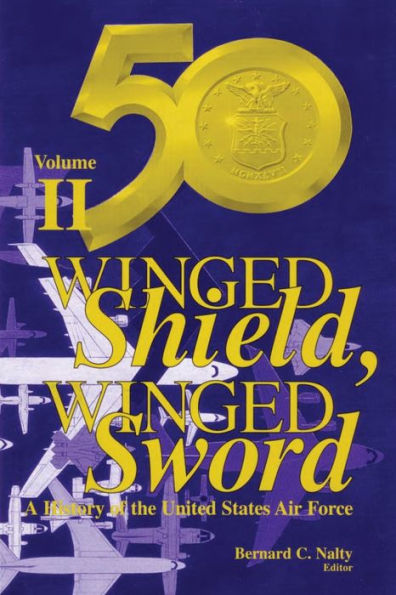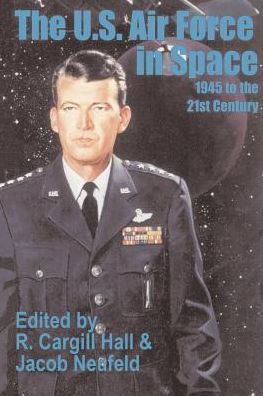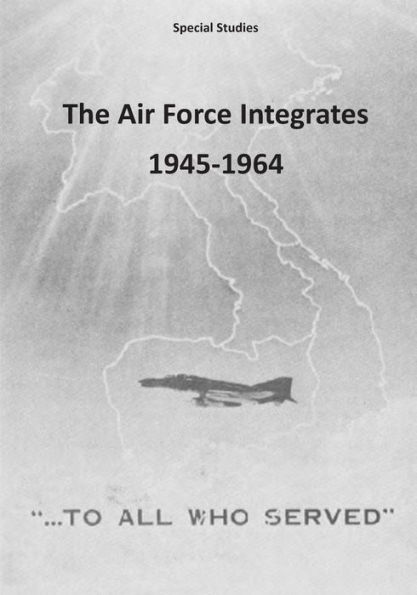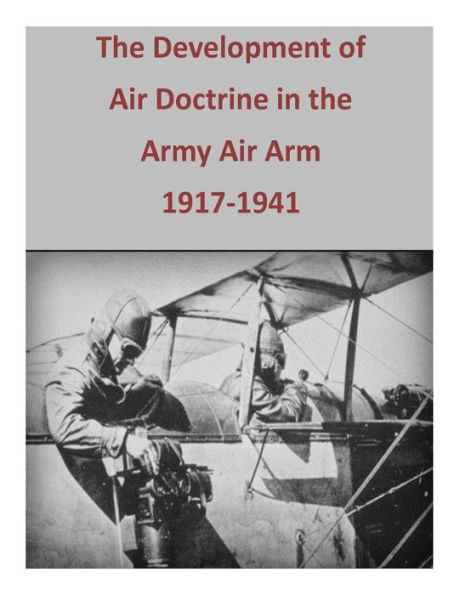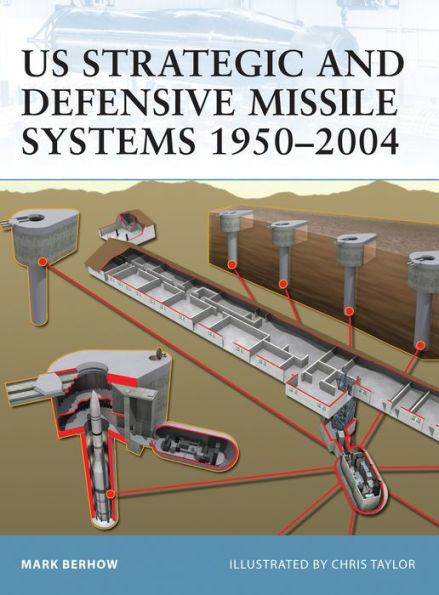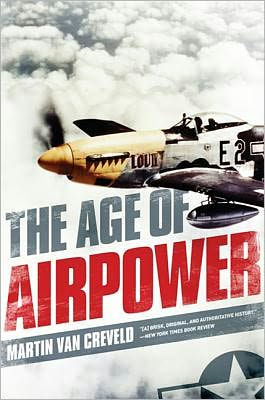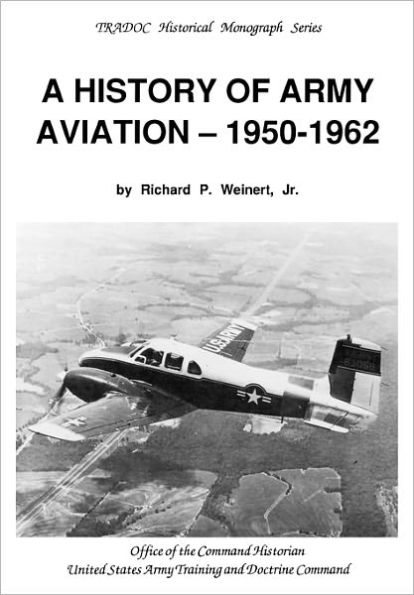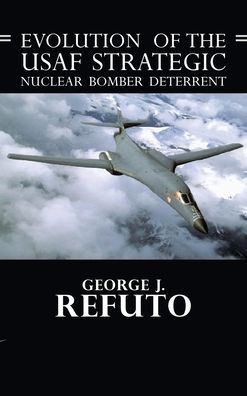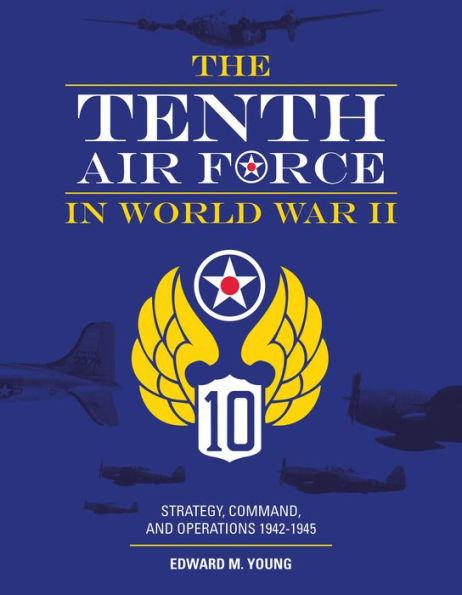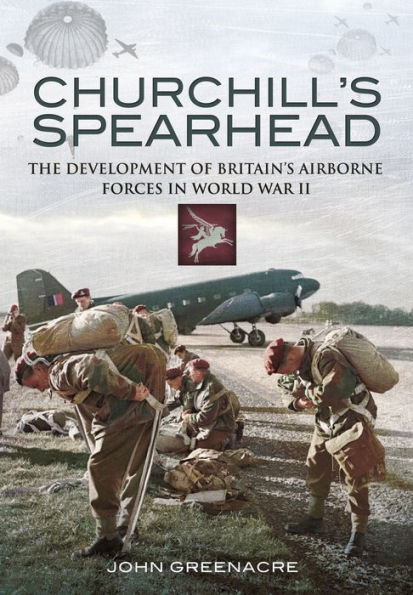Home
The Emerging Shield: The Air Force and the Evolution of Continental Air Defense, 1945-1960
Barnes and Noble
The Emerging Shield: The Air Force and the Evolution of Continental Air Defense, 1945-1960
Current price: $25.99
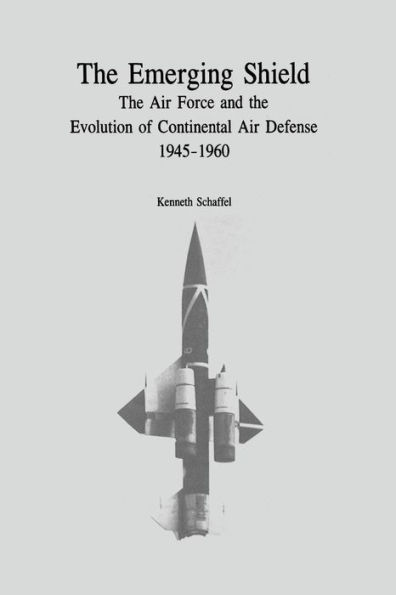

Barnes and Noble
The Emerging Shield: The Air Force and the Evolution of Continental Air Defense, 1945-1960
Current price: $25.99
Size: OS
Loading Inventory...
*Product information may vary - to confirm product availability, pricing, shipping and return information please contact Barnes and Noble
In the 1950s, the United States Air Force led the way in building continental air defenses to protect the nation against bomber attack. By the end of that decade, the United States and Canada deployed a warning network of ground-based radars extending from the United States' southern borders to the arctic tundra, a fleet of airborne early-warning planes, naval radar picket ships, radar platforms (the Texas Towers) fastened to the ocean floor in the Atlantic Ocean, and a civilian corps of ground observers. Once warning of approaching enemy bombers had been received, the military forces of the United States and Canada were prepared to unleash against the invader an arsenal of weapons that included fighter-interceptors equipped with lethal air-to-air missiles, antiaircraft artillery, and short- and long-range surface-to-air missiles, some nu clear tipped. The whole system was coordinated through a technologically advanced, computer-oriented command and control system, the first of its kind ever deployed. The story of the rise of air defense in the United States after World War II is complex, and this volume does not presume to be a complete history of the subject. It focuses on the U.S. Air Force's predominant role in defense of the continental United States against manned bomber attacks. Although the U.S. Army, the U.S. Navy, and the Canadian Air Force contributed resources to the mission, the U.S. Air Force had primary responsibility for research, development, and deployment of most of the systems and weapons. The outstanding exception was antiaircraft artillery, the province of the U.S. Army. In some respects, the Army can be said to have fielded a complementary air defense system separate from that of the Air Force. This book, however, examines the Army's part in the mission only as it concerns roles and missions controversies with the Air Force. The volume begins with the U.S. Army Air Service's involvement with air defense in World War I and traces the story through to the late 1950s and early 1960s. At that time, the intercontinental ballistic missile supplanted the bomber as the most dangerous long-range threat to North America, precipitating a dramatic decline in bomber defenses over the next two decades. A number of important themes emerge: the development of technology, particularly for command, control, and communications systems; roles and missions debates; interpretations and analysis of the threat; and Air Force theories and approaches to offensive and defensive strategic warfare. The last is by far the most pervasive theme.
